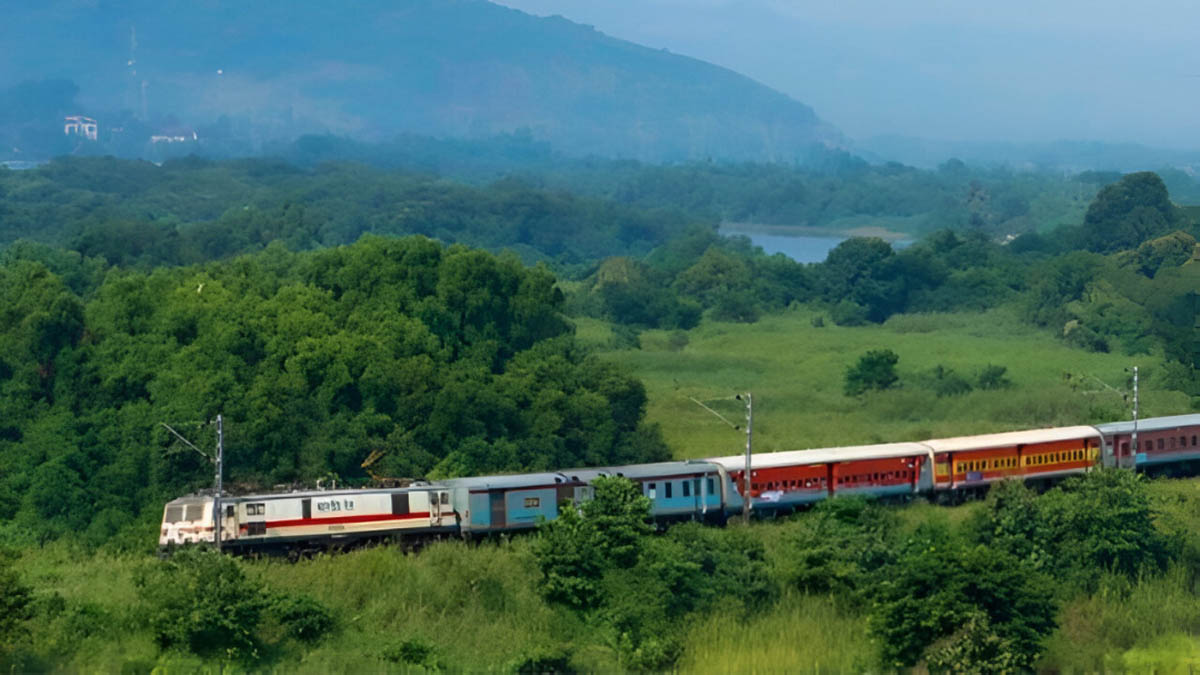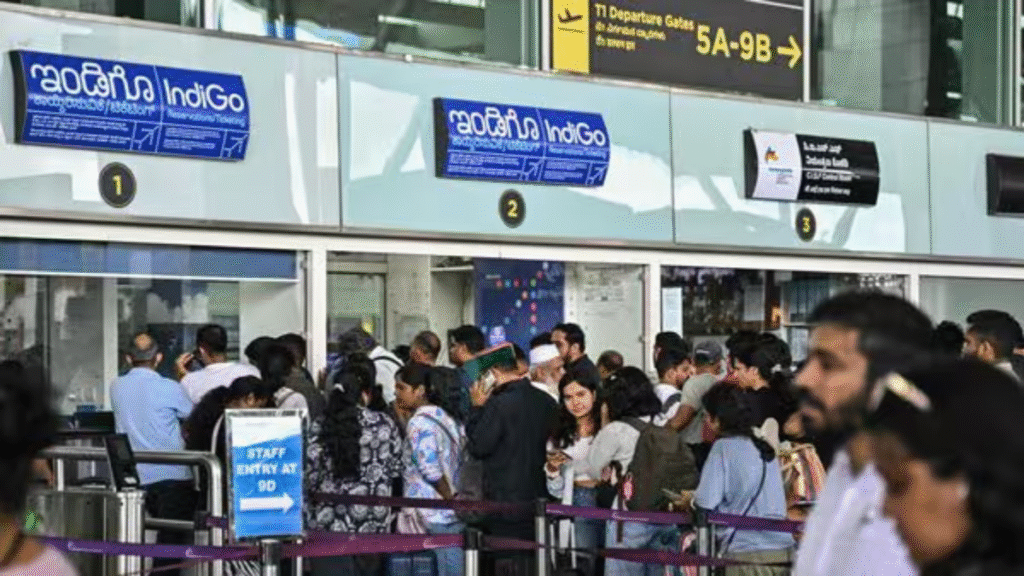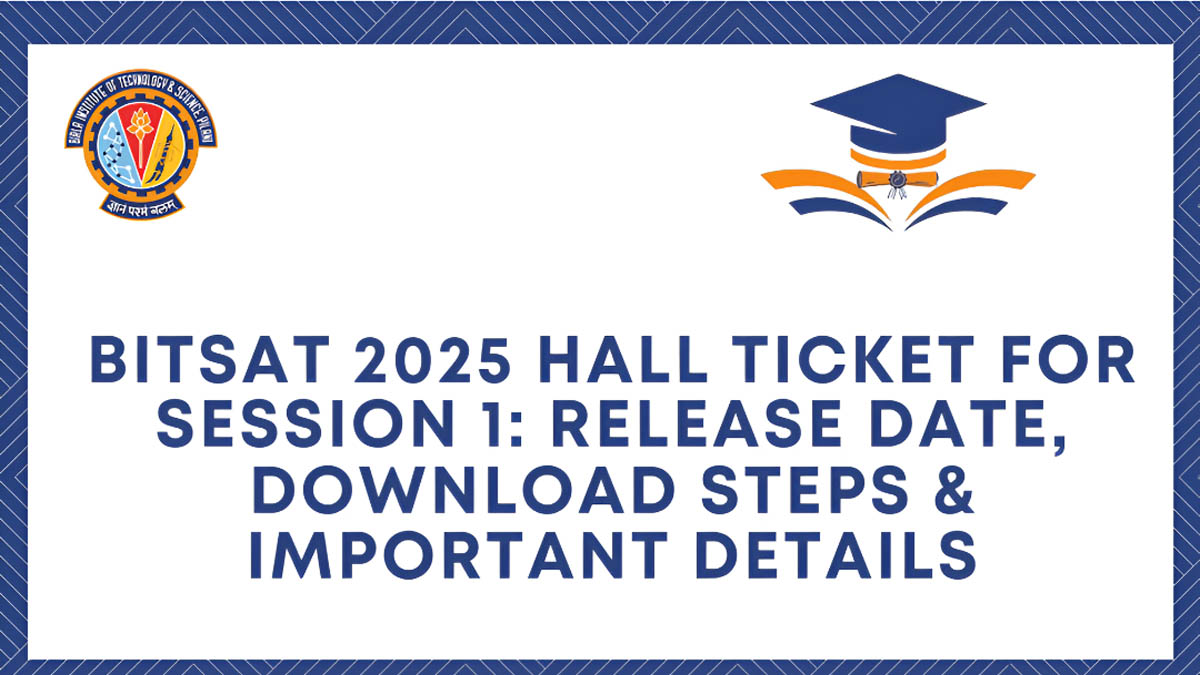Now Reading: Konkan Railway Set to Merge with Indian Railways: A Transformative Shift for India’s Coastal Lifeline
-
01
Konkan Railway Set to Merge with Indian Railways: A Transformative Shift for India’s Coastal Lifeline
Konkan Railway Set to Merge with Indian Railways: A Transformative Shift for India’s Coastal Lifeline

After decades of operating as a unique public sector undertaking, the Konkan Railway Corporation Limited (KRCL) is finally poised for a full merger with Indian Railways. This long-anticipated integration, recently approved by the and previously by Maharashtra government Karnataka, Goa, and Kerala, marks a significant turning point for the 741-,coastal railway line, promising a new era of efficiency, investment, and enhanced connectivity for the vibrant Konkan region.
Why Now? The Driving Forces Behind the Merger
The decision to merge Konkan Railway with Indian Railways is not a sudden one, but rather the culmination of years of discussions driven by a confluence of factors, primarily financial constraints and the need for upgraded infrastructure:
- Financial Limitations: Unlike other railway networks in India, KRCL has largely operated on its own funds for development, receiving limited financial support from the central government. While it has achieved profitability in recent years, its limited income sources have proven insufficient to meet the escalating demands for infrastructure upgrades, expansion, and modernization. The railway’s infrastructure is currently operating at nearly 175% of its capacity, leading to bottlenecks and hindering further growth.
- High Infrastructure Requirements: The Konkan Railway, renowned for its engineering marvels across challenging terrain, requires continuous and substantial investment for maintenance, doubling of tracks, electrification, and the adoption of modern technologies. As a standalone entity, KRCL’s ability to raise the necessary capital for these large-scale projects has been limited.
- Enhanced Operational Efficiency: Integrating KRCL into the vast Indian Railways network is expected to streamline operations, reduce administrative complexities, and optimize resource utilization. This will facilitate better coordination in terms of train scheduling, freight movement, and passenger services.
- Government’s Vision for Modernization: The merger aligns with the Indian government’s broader commitment to modernizing and expanding the national railway network, focusing on improved service quality and operational efficiency across all regions. The Konkan Railway’s strategic importance, especially for connecting the Western Ghats region and its port cities, makes its full integration crucial for national logistics and passenger movement.
- State Government Support: The states through which the Konkan Railway passes – Maharashtra, Karnataka, Goa, and Kerala – have gradually come around to the idea of the merger. While initial concerns revolved around the loss of regional control, the promise of increased central investment and improved railway services has swayed their support. Maharashtra, the last state to give its consent, did so with the riders of retaining the “Konkan Railway” name and reimbursement of its initial share.
What This Merger Will Mean: A New Horizon for the Konkan Coast
The integration of Konkan Railway with Indian Railways is expected to usher in a host of positive changes, impacting various aspects of the railway’s operations and the region it serves:
- Access to Capital and Investment: This is arguably the most significant benefit. As part of Indian Railways, the Konkan Railway will gain access to the massive investment portfolio of the national carrier. This influx of funds will enable crucial projects like:
- Track Doubling and Electrification: While parts of the Konkan Railway have been electrified, full electrification and doubling of tracks will significantly increase capacity, reduce travel times, and enhance operational flexibility.
- Modernization of Stations and Amenities: Passengers can expect improved station infrastructure, better amenities, and enhanced safety features.
- Introduction of New Services: The increased capacity will allow for the introduction of more passenger and freight trains, catering to the growing demand in the region.
- Improved Passenger Experience:
- Seamless Booking: Passengers will benefit from seamless booking through Indian Railways’ extensive network and channels.
- Standardized Services: The merger will lead to standardization of services, including ticketing, customer grievance redressal, and onboard facilities, aligning them with Indian Railways’ broader framework.
- More Competitive Fares: The economies of scale offered by Indian Railways could potentially lead to more competitive fares for passengers.
- Boost to Regional Economy: The improved connectivity and enhanced freight services will significantly boost trade, tourism, and economic activity in the Konkan region, which has long been a vital economic corridor. Reduced transportation costs and more efficient logistics will benefit local industries and businesses.
- Enhanced Safety and Security: With access to Indian Railways’ advanced technologies and safety protocols, the Konkan Railway’s safety standards are expected to improve further. This includes the deployment of modern signaling systems and advanced anti-collision devices.
- Talent and Resource Sharing: The merger will allow for better sharing of expertise, technology, and human resources between Konkan Railway and the larger Indian Railways system, fostering innovation and operational excellence.
Challenges and the Path Forward
While the benefits are substantial, the merger will not be without its challenges. Logistical and administrative complexities, including aligning operational standards, integrating diverse organizational cultures, and managing human resources, will require careful planning and execution. The process will involve a comprehensive review to assess feasibility and impact, with continuous stakeholder consultations playing a crucial role.
The Konkan Railway, with its unique history of overcoming challenging terrain and pioneering innovations like the Roll-on/Roll-off (RORO) service, has been a symbol of engineering prowess and regional connectivity. Its integration into Indian Railways marks a new chapter, promising to unlock its full potential and further solidify its role as a vital artery connecting India’s western coast to the rest of the nation. As the transition unfolds, the focus will be on leveraging the strengths of both entities to create a truly integrated, efficient, and modern railway network for the benefit of millions.










